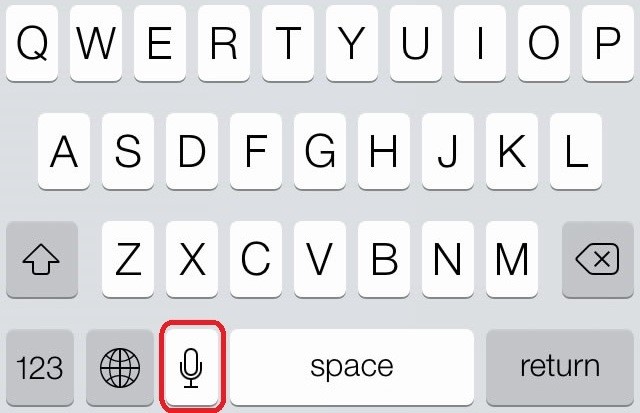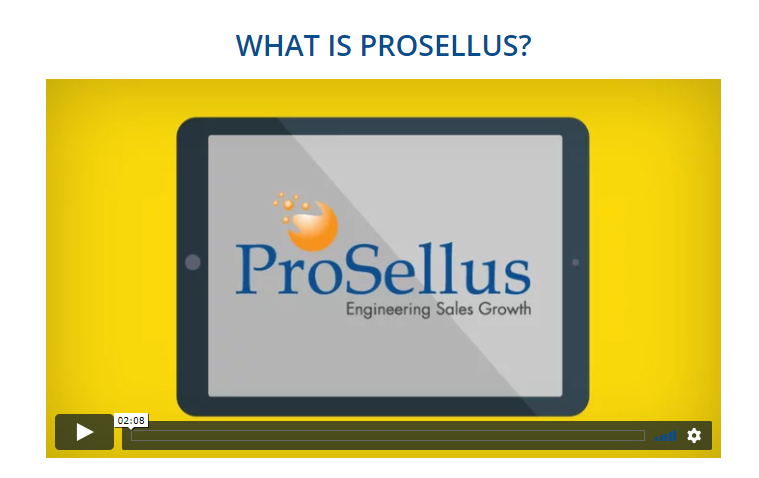What Makes A Thought Leader in the Medical Device Sales Industry?
Becoming a thought leader — regardless of industry — can be a tricky path to walk. You can’t just say what works for your brand and your business or practice. You have to consider the grander industry at-large, too.
Specifically in medical device sales, there are a few ways in which you can incorporate thought leadership into your current processes and shift your focus from micro to macro.
Start With Your Motivations

Photo Credit: https://www.ted.com/topics/motivation
We all want to be the best medical sales rep out there. Putting up strong numbers. Closing the most deals (aka ALL of them). Building the most robust relationships over a large territory. But becoming a thought leader requires a complete shift in focus and motivation.
Instead of considering the best ways to increase YOUR numbers, you have to think about how all sales reps can improve. Similarly, if you want to establish your voice as a “North Star” of medical device sales, you have to remove a bit of yourself from the message you want to convey.
But not too much; Steve Jobs didn’t become Steve Jobs by watering down his ambition and vision. Of course, people don’t respond too well to unfiltered and unfettered greed. That’s where item number two on the list comes into play.
Think About the “Ripple Effect”

Every action has an equal and opposite reaction. That’s one of the laws of physics, but it also applies to thought leadership strategies. If you interact with a fellow sales rep in a negative way, they might carry that energy into their next sales meeting. It could cost them a client.
This might not affect you, but if you are looking to become a leading voice in medical device sales, you NEED to care about how your actions affect others. Ultimately, your attitude and tone mean just as much as the words you use or the overall message you impart to other people in the industry.
 How to Get People On Board
How to Get People On Board
The biggest challenges for someone transitioning into thought leadership in medical device sales are visibility and engagement. Though normal brands struggle with getting enough shares on LinkedIn, thought leaders need even bigger ROIs to make the kinds of impact necessary.
When we here at ProSellus started seriously positioning ourselves as thought leaders, we didn’t want to half-ass it. We pushed ourselves with a robust content schedule, researching topics and articles, interviewing our own customers and talking to other sales reps in the industry. We knew it would take time to build up clout, but we can now say that we are — definitively — one of the top healthcare startups with a distinct voice and message.
I always close every blog telling people that they can email me, Scottwalle@prosellus.com, at any time with their questions. I mean that. One of the most important factors in the ProSellus journey to thought leadership has been our connection with medical device sales reps and professionals. We live and breathe the message of our brand and the services we offer, too.
Thought Leadership isn’t quite the opposite of business success; it just takes into account the “human” factor that we so often forget in our numbers-driven industry.


 1. Expense Tracking Tools
1. Expense Tracking Tools

 4.Web Conferencing Tools
4.Web Conferencing Tools

 No one likes a muddled sales pitch. If you can’t communicate your product or services to others, there’s very little chance of you closing any deal. A quick and easy way to streamline your sales process is to cut the fat with three simple steps:
No one likes a muddled sales pitch. If you can’t communicate your product or services to others, there’s very little chance of you closing any deal. A quick and easy way to streamline your sales process is to cut the fat with three simple steps: You’ve probably heard this phrase before and thought nothing of it. But if you’re an individual operating your own personal sales business, creating SEO blog content is a fantastic way to boost your ranking and increase visibility.
You’ve probably heard this phrase before and thought nothing of it. But if you’re an individual operating your own personal sales business, creating SEO blog content is a fantastic way to boost your ranking and increase visibility. 5. Fail Quickly, But Not Often
5. Fail Quickly, But Not Often 7. Have a Mobile Presence
7. Have a Mobile Presence 8. Build Relationships & Develop a Referral Network
8. Build Relationships & Develop a Referral Network